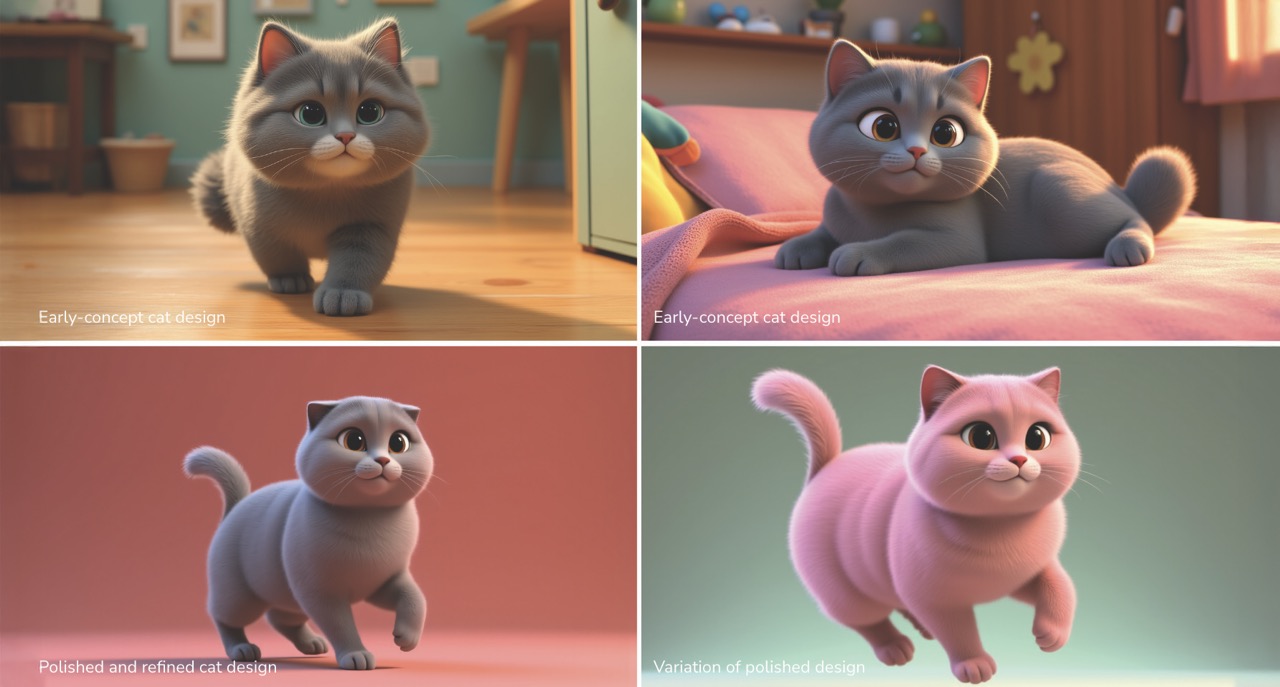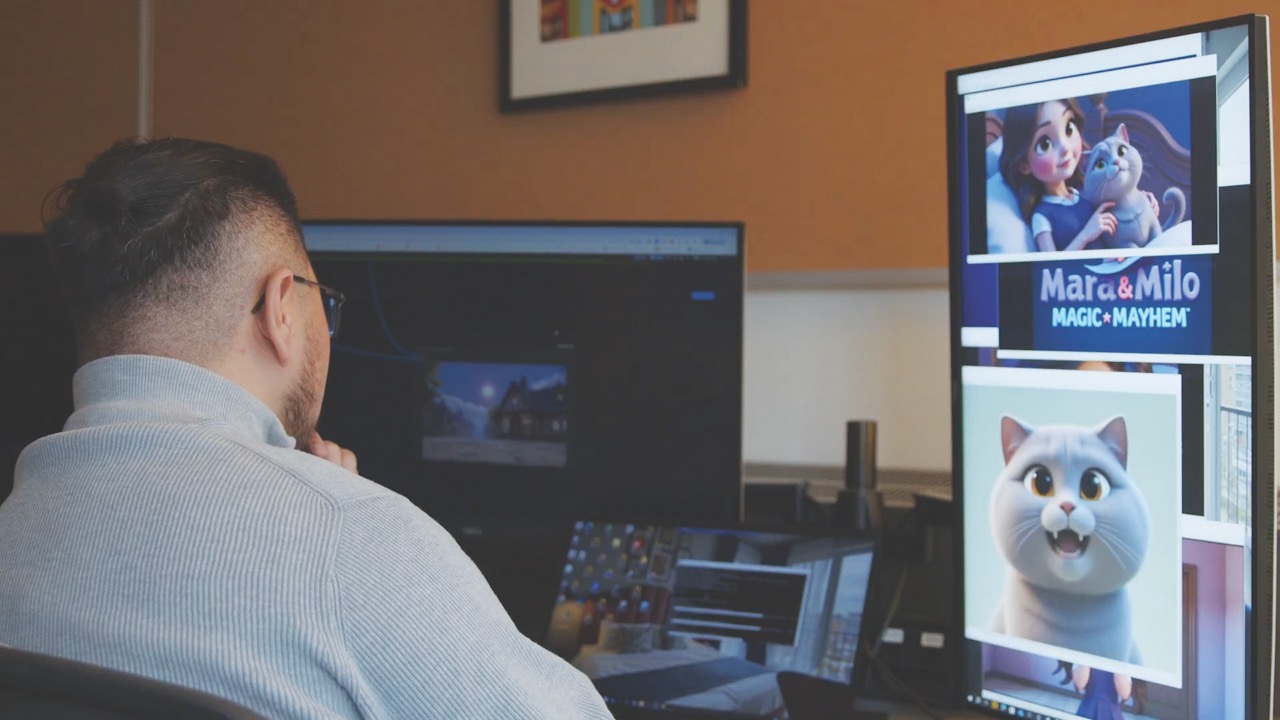
AI & the craft: Environmental unknowns
Posted on Sep 17, 2025 by Admin
AI isn’t a positive for the planet – that much we know is true. But how much energy does it actually use, and is it more or less than the existing workflows?
Words Katie Kasperson
By now, it’s no secret that AI isn’t exactly a friend to the planet – and that using AI almost always does more environmental harm than good. According to an MIT News article, the problem lies largely in training GenAI models – an energy-intensive process that leads to increased carbon emissions and puts pressure on the electric grid. With OpenAI’s release of ChatGPT-5, conversations about sustainability are coming to the fore.
Data centres, for instance, are essential for training LLMs, and require vast amounts of chilled water to keep their computers cool. While they support all kinds of computing tasks, training AI models sucks more energy, more water from local ecosystems and burns more fossil fuel to meet consumer demand. But as Junaid Baig, chief innovation officer at Dimension Studio, points out, “training an AI model is completely different from using an AI model.”
Each time a model like ChatGPT answers a query, this is called an ‘inference’. While this has been found to consume more energy than a simple web search, it’s an arguably insignificant difference, Baig claims (although a World Economic Forum article suggests otherwise). “What we hear in the news is mostly about training, rather than inferring models,” he explains.

Always on
In the VFX industry, data centres are referred to as ‘render farms’, which are ‘always on’ and ‘available to any studio’, according to Baig. “In a traditional VFX pipeline, you’re almost always carrying out rendering,” he explains. “Anything I want to present to my client has to go through the render farm. But with GenAI, we don’t have that concept – what we have is, while I’m working locally, I’m inferring on my own computer.”
Baig recalls a recent animation project: Mara & Milo. “Traditionally, our pipeline would have taken about three weeks,” he shares. “An artist would model a character, shape that character, add hair and everything. Somebody would then light the character and render it, just to be able to present it.” On Mara & Milo, “we trained a very, very small model on that character. That saved more than two weeks’ worth of work.”
Here, using AI was less impactful on the environment than rendering via traditional means – for several reasons. The model was trained and inferred on a local machine rather than in a data centre, preserving water and electricity. It also saved two weeks of time that would have otherwise been spent on carrying out an energy-intensive process.
Others, such as Metaphysic (recently acquired by DNEG), are capitalising on GenAI. The tech company uses the tool to digitally de-age actors in real time, for example, which brings VFX a step forward in the production pipeline. In Baig’s eyes, AI doesn’t – and shouldn’t – replace human labour. “Beyond the hype, AI is plainly just another software,” he states, “and we should use it accordingly.”
En route to an answer
We’re currently at a critical juncture when it comes to AI. Companies like OpenAI are reluctant to disclose the tech’s true environmental impact, employers are realising that it can’t perform miracles and the public seems split on whether they love AI for what it can do or hate it for what it’s doing to us (research points to a dwindling ability to think critically, if overreliant on LLMs). As ‘the hype’ – good or bad – dies down, Baig’s focusing on environmental awareness “through practical examples,” he says. “The end goal would be to bust the myths or say what the reality is in terms of numbers.”
The AI-energy challenge is ongoing, but institutions like Oxford and MIT are hard at work researching pathways to emissions reductions. Renewable energy is one option, albeit a potentially expensive one; improved efficiency is another. In some cases, AI is actually reducing carbon emissions, such as for Google Maps’ fuel-efficient routing feature. In the filmmaking industry, however, its effects have yet to be fully realised. Until they are, it’s best to be cautiously optimistic – aware of how AI can hurt as well as how it can help.
Learn more about sustainability in the film industry in our deep-dive about protecting the environment in post-production.
This story appears in the September/October 2025 issue of Definition









